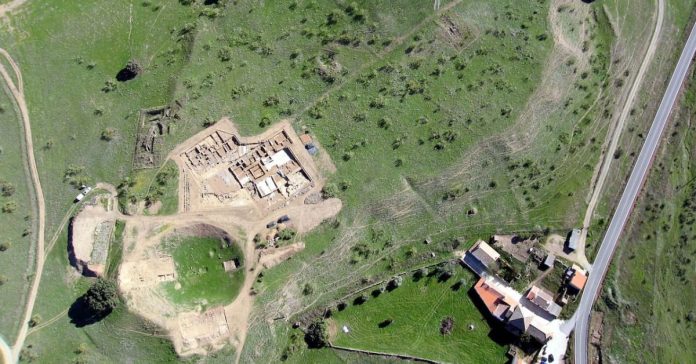A monumental discovery at the La Bienvenida-Sisapo archaeological site in central Spain is revolutionizing scholarly perspectives on the Tartessian civilization’s reach into the Iberian Peninsula’s interior. Led by researchers from Spain’s National University of Distance Education (UNED), the find reveals a sprawling Iron Age sanctuary that underscores the Tartessians’ strategic expansion beyond their southern heartlands.
Located near the town of Almodóvar del Campo in Ciudad Real province, the site has yielded remnants of a sophisticated ritual complex constructed in the 7th century BCE. This structure, perched beside a volcanic outcrop known as the eastern castillejo, reflects architectural and ceremonial influences from Eastern Mediterranean traditions, pointing to active cultural exchanges between Tartessian communities and Phoenician settlers.
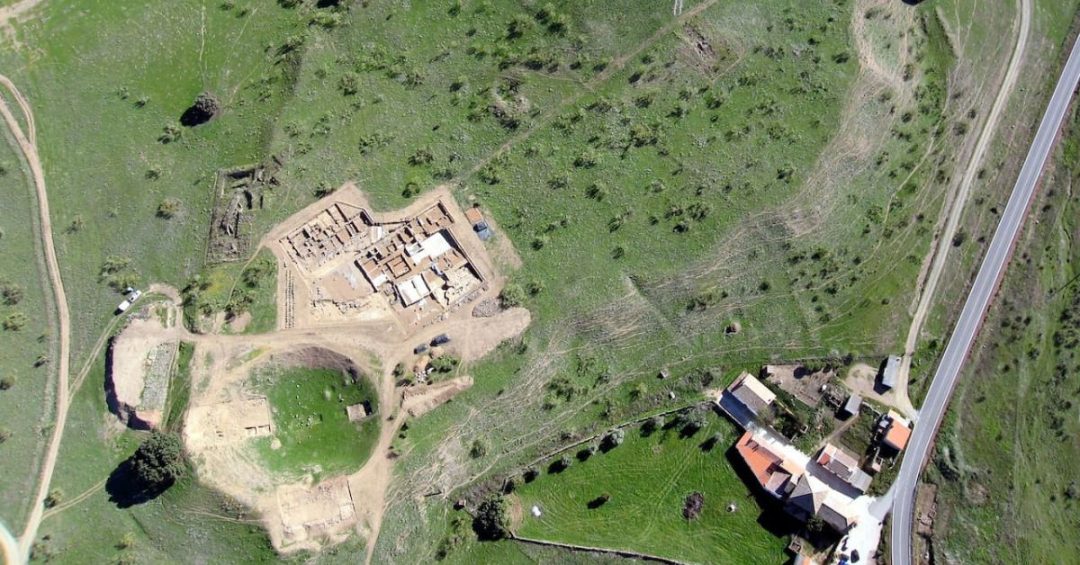
Architectural and Ritual Marvels
Central to the discovery is a ceremonial altar sculpted in the shape of a stretched bull’s hide—a hallmark of Tartessian religious spaces previously identified at coastal sites like Coria del Río (Seville) and Málaga. The sanctuary’s design underwent multiple phases of renovation over a century, with each reconstruction following deliberate rituals of dismantling and purification, highlighting its enduring sacred significance.
Excavations have unearthed a wealth of artifacts that illuminate the site’s spiritual and economic roles. Among these are fragments of early Corinthian pottery, likely used in ceremonial feasts, and distinctive chardon vessels tied to veneration of Astarte, the Phoenician goddess of fertility. Basalt baetyls (sacred stones symbolizing deities) and metallurgical tools, including smelting crucibles and metal slag, further attest to the intersection of ritual and resource production.
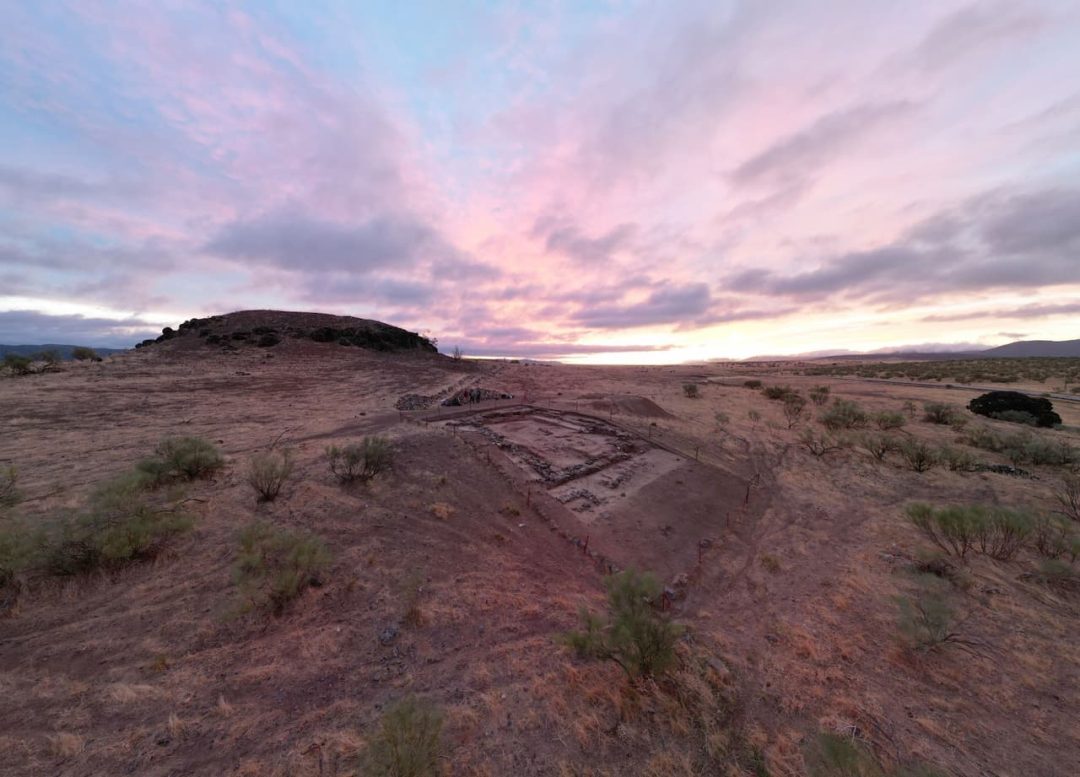
Insights into Ritual Practices
A striking feature of the site is a ritual deposit containing meticulously arranged animal bones, marine shells, and modified goat ankle bones (astragali), which researchers speculate were used in divination. This assemblage, alongside evidence of metalworking, suggests the sanctuary served as both a spiritual hub and a center for processing the region’s mineral riches—notably silver, lead, and cinnabar, coveted in ancient Mediterranean trade networks.
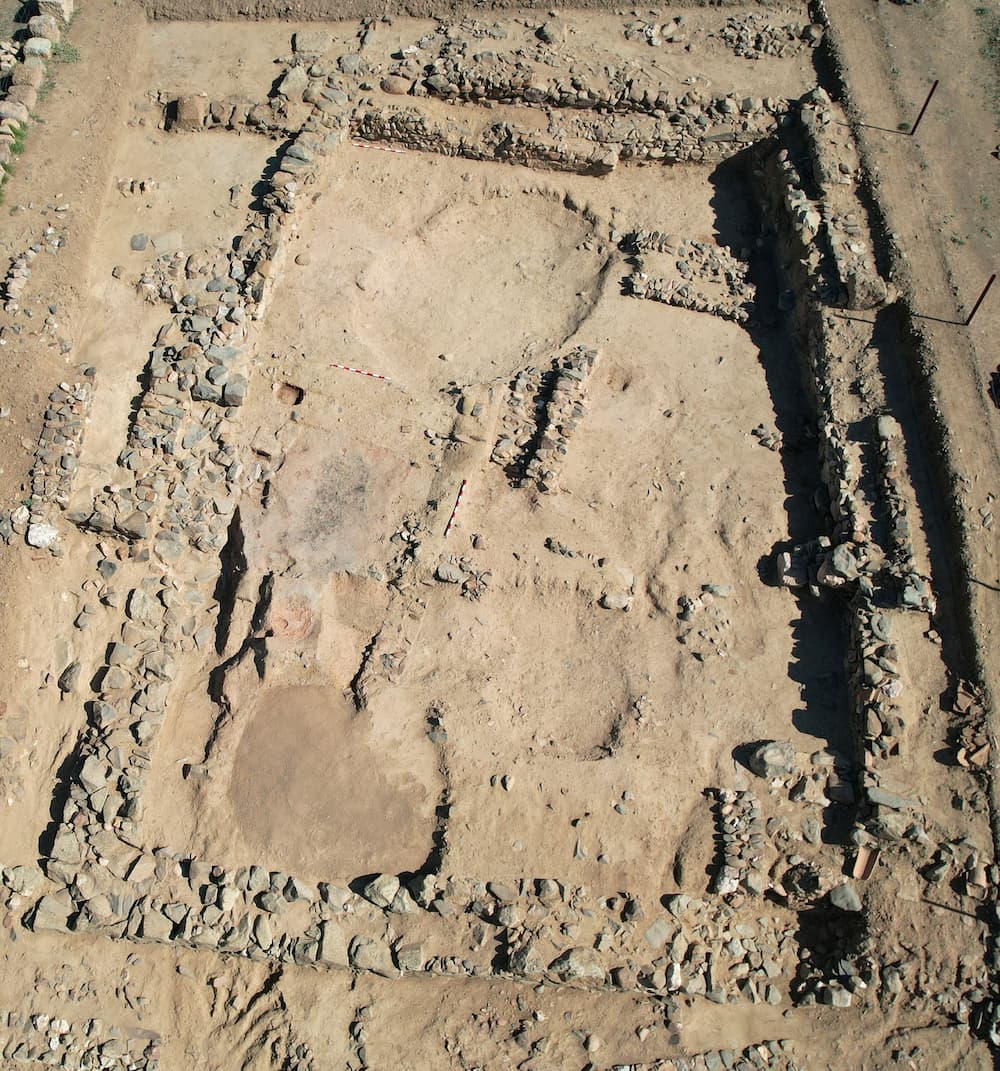
Revisiting Tartessian Influence
The discovery challenges long-held assumptions about Tartessian territorial limits, revealing their deliberate push inland to exploit mineral resources and establish trade under Phoenician guidance. Dr. Mar Zarzalejos Prieto, the project’s lead archaeologist, emphasizes that Sisapo’s foundation reflects a calculated effort to dominate resource extraction and integrate inland Iberia into broader economic systems.
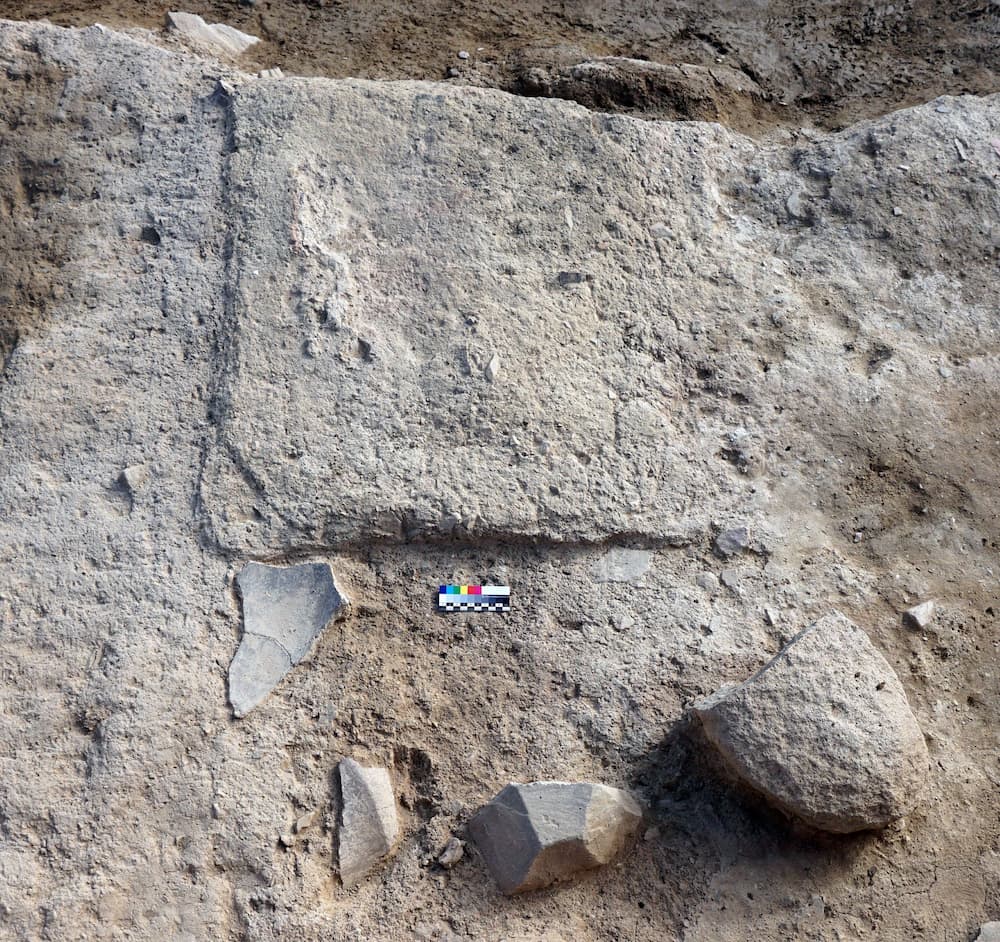
This multidisciplinary effort, involving experts from UNED, the Autonomous University of Madrid, and other institutions, has received funding from Castilla-La Mancha’s regional government, Spain’s Ministry of Science, and local authorities. The findings not only illuminate a pivotal era in Iberian protohistory but also trace the cultural shifts that later gave rise to the Oretan civilization.
By bridging gaps between coastal and inland Tartessian activity, the La Bienvenida-Sisapo sanctuary reshapes narratives of urbanization and cultural hybridity in prehistoric Iberia, offering fresh insights into the peninsula’s role in ancient Mediterranean networks.
Source: Consejería de Educación, Cultura y Deportes de Castilla-La Mancha

